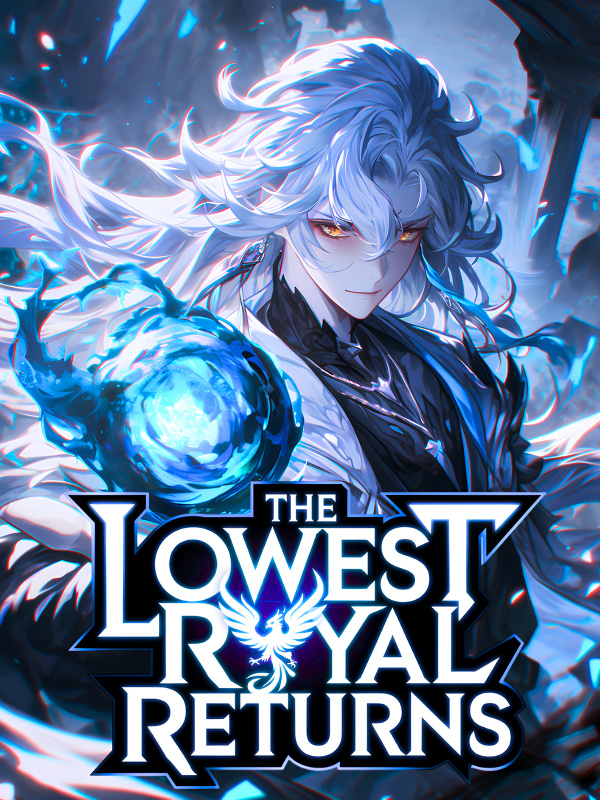Super Zoo-Chapter 615 - 610: Internal Limited Edition
What is the most important thing for a person who wants to do what they desire and achieve success in the shortest amount of time?
Talent? Intelligence? Sweat? Focus... all correct, yet all not quite.
In Suming's view, one either has a golden touch or has a good husband or a supportive father.
Nangong Yan was one such person with a supportive father and a good husband, and this husband had the golden touch. Finding such a husband among billions of people is a golden touch even more astounding than the golden touch itself. It's a sign of divine favor, granting one a carefree and prosperous life. What more is there to say?
Sometimes, Suming even felt that Nangong Yan's destiny surpassed his own; with a golden touch, he ended up living a life of toil.
For the empress, creating a small internal magazine was no challenge at all. Suming might claim that he could support her with everything but money, but in reality, how could he not help at all? This was the first time Nangong Yan had proactively requested to manage a project on her own, and Suming, out of both concern and to encourage her enthusiasm, gave her tremendous behind-the-scenes support, ensuring smooth sailing.
Nangong Yan also took it very seriously, recruiting a group of journalism students from her alma mater, Yangchuan University, to work for her and establish a small studio.
Working overtime, the sample of a beautifully printed internal magazine was completed in just one week.
The first issue of Taoyuan Journal.
The cover background featured the only golf course in Yangchuan City. Suming was dressed in riding pants and boots, donning a riding cap, with one hand holding a Leonberger and the other holding a crop, smiling towards the camera, the very image of a successful person.
The photograph session took an entire morning. Given Suming's current net worth, spending a morning taking photos was an extravagant affair. The economic value behind the photo was much greater than that of the photo itself.
This was the company's inaugural issue, and Suming, as the big boss and her boyfriend, wanted to present a good image for the company, and as a woman naturally wanted to show off her boyfriend looking sharp and pristine. Nangong set high standards and strict requirements for the cover photo, equal to those of a Paris fashion show.
It needed to radiate affluence yet possess substance, exude the essence of success without seeming pretentious.
This nearly cost Suming his life; he could play it pretentious or keep it understated, but blending the two in one photo, in perfect harmony, was truly beyond him.
After much persuasion, they tweaked his eyes using Photoshop and finally passed the empress's inspection.
Turning the cover, you come to the first page of the magazine.
The cover is the facade, but the first page is the core idea, the lead-in to the entire issue.
Initially, Nangong Yan wanted Suming to write an opening statement or a few inspirational words in line with tradition, to promote corporate culture and motivate the employees.
Suming thought it over and decided he didn't want to follow the trend and write this message.
Firstly, Suming believed that corporate culture is more about spirit, an atmosphere, rather than something that can be summarized in a few simple words.
To truly convey corporate culture to employees, it must be embodied and led by the leadership; permeating through every staff member gradually after repeatedly achieving goals with common features.
Employees at different positions will perceive and feel it, and even though everyone might define what they feel about corporate culture differently, the general direction and overall sentiment would be consistent.
Defining corporate culture with overused official jargon, empty preaching, and a know-it-all tone of a successful person, would only irritate most employees.
It's better to let the employees experience it themselves in practice, even letting it emerge from the grassroots, for a sincere and grounded corporate culture.
The role of leadership is to set an example and guide, not to offer empty sermons.
Secondly, the staff composition in companies is varied, and long speeches aren't suitable for everyone.
Some workers, like those at the liquor factory, may recognize all the words, but their minds would go blank with lengthy paragraphs unless it's a novel. Then you have some office staff like Mrs. Tong, who are down-to-earth. You can talk to them endlessly about fashion magazines, gossip, or the market, but they would get annoyed with political and economical dissertations. There is also staff like Mr. Liang, who have seen more of the world. They know these are just management tactics by the boss, may glance at them, but won't take them to heart. Given the heavy workload these employees face, they might not have time to look closely.
Conversely, if Suming's opening message was not well-written or of a high standard, it might embarrass him in front of such employees, leading them to lose respect for their leader.
Of course, long, sentimental explorations of life and ideals do have their audience. For instance, the technical nerds in the IT department with stoic exteriors and fervent inner worlds might enjoy this kind of literature.
Suming, however, had no intention of producing a florid, long-winded piece.
But being the first issue, Suming, as the top leader, couldn't just not make a stand. After some thought, he wrote eight big characters.
Internal publication, limited edition.
Plus his signature, ten words in total.
Nangong Yan's face turned green with frustration. What a perfunctory gesture! she thought. She asked for a meaningful message, and this was how he handled it?
Updat𝓮d from freewēbnoveℓ.com.
Suming, however, was nonchalant, assuring her, "Rest easy, these eight words are worth a thousand."
The first page featured a mysterious pure black background, with subtly luxurious gold trim bearing a hint of understated opulence. The eight characters were in pure white, regular script, with Suming's slightly smaller autograph in the bottom right corner.
Beyond the first page, the entire publication's style was visually focused, with images complementing the text. The images had to be thematic, healthy and positive, of high quality and class. The text aimed to be concise, favoring short sentences, minimizing or avoiding long paragraphs, aiming for quick readability to avoid hindering the experience.
The content was submitted by each company, covering a broad range of topics from employee activities to company objectives. In principle, each company and independent department must appear at least once every three issues, to ensure no unit falls out of sight of the entire staff for too long. If a company or department has noteworthy content, it can be the main feature of an issue or serialized over multiple issues.
Nangong Yan's small studio was responsible for collecting, editing, and finalizing the content.
The magazine was planned as a monthly, with a new issue every month.
Since it was a limited edition, the number of copies would be restricted. Unlike free brochures available at company entrances, the publication had to distinguish itself quality-wise. Copies were distributed to each company proportional to employee numbers, a one-to-one ratio, ensuring each employee received one copy, not one more.






